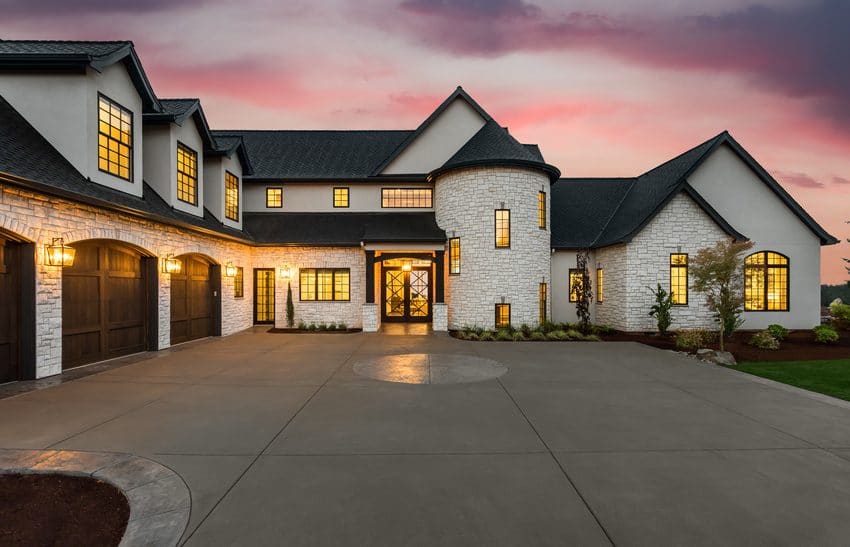Mortgage Insurance is required with less than 20% down right? Surprisingly, the answer is no. It actually depends on the type of loan. Many, JUMBO home loans have no mortgage insurance requirements (however some do).
JUMBO Home Loan Basics
First, a JUMBO loan is a loan that is greater than the local Conforming Loan amount limit. JUMBO mortgages are backed by non-governmental agencies or more appropriately said – investors. Therefore, JUMBO home loans are sans the typical Fannie Mae, Freddie Mac, VA, FHA type rules. Instead, the investor makes the rules.
A JUMBO loan by it’s very definition is larger than a Non-JUMBO mortgage. At first, this sounds like all the more reason for JUMBO loans to require mortgage insurance for borrowers putting less than 20% down. After all, there is more to lose for the investor right?
JUMBO Loans – Why no Mortgage Insurance?
Let’s revisit what the point of mortgage insurance is. In it’s simplest form, the purpose of mortgage insurance is to protect the lender / investor from financial loss in the event of a foreclosure. Period. Whether in total or in part, mortgage insurance softens the blow dealt to a lender if a borrower lets their home go to foreclosure.
For a minute, reverse your thinking on the risk associated with a JUMBO loan. Above, we mentioned it first appears JUMBO loans justify mortgage insurance more so than Non-JUMBO because more dollars are at risk for the lender. However, flipped around you will see its not that one dimensional.
Mortgage Insurance – JUMBO vs. Non-JUMBO
Comparing a JUMBO Loan example with a Non-JUMBO Loan illustrate the common sense reasoning behind why many JUMBO Loans do not require mortgage insurance. For example, consider the following 2 scenarios:
Non-JUMBO Scenario (Mortgage Insurance Required)
Purchase Price: $500,000
Down Payment: 10%
Equity in Home: $50,000
JUMBO Scenario (No Mortgage Insurance Required)
Purchase Price $800,000
Down Payment 10%
Equity in Home: $80,000
The Non-JUMBO scenario lender requires mortgage insurance. Why? Due to the borrower’s less than 20% down payment the lender requires the extra protection of a mortgage insurance policy. The key is that at the onset, the home only has $50,000 in equity. If faced with foreclosure, that $50,000 is not a lot to work with for the lender. Without a mortgage insurance policy the investor may suffer financial losses.
On the other hand, the JUMBO scenario lender does not require mortgage insurance yet the borrower in that example also put just 10% down. The big difference here is the equity in the home from day one is $80,000. The cost of foreclosing on either home in either scenario would not vary materially based on the value of the home. So why apply the same standardized loan to value mortgage insurance rules to the JUMBO Scenario?
Many JUMBO investors have evolved and no longer look at loan to value to determine mortgage insurance needs. Instead, JUMBO investors look at the actual equity in a home from the onset to determine mortgage insurance needs. A 10% down payment in Scenario 1 and 2 vary by $30,000 yet the cost to foreclose on either home would be very similar. Why look at down payment percentages when the actual dollar amount in equity is what ultimately helps the lender preserve their investment.
Mortgage Insurance is Not for Every Investor
In conclusion, due to many JUMBO loan products requiring down payments of 10% or more, lenders typically have enough of an equity buffer to eliminate the need for mortgage insurance regardless of what percentage of value the equity equates to.
Finally, the catalyst to all of this is the fact that home values have recovered from the Real Estate crash and appear to be on solid footing. With home values steadily increasing, investors can rely on the logic explained above with regard to mortgage insurance on JUMBO loans.
By Jeremy House

